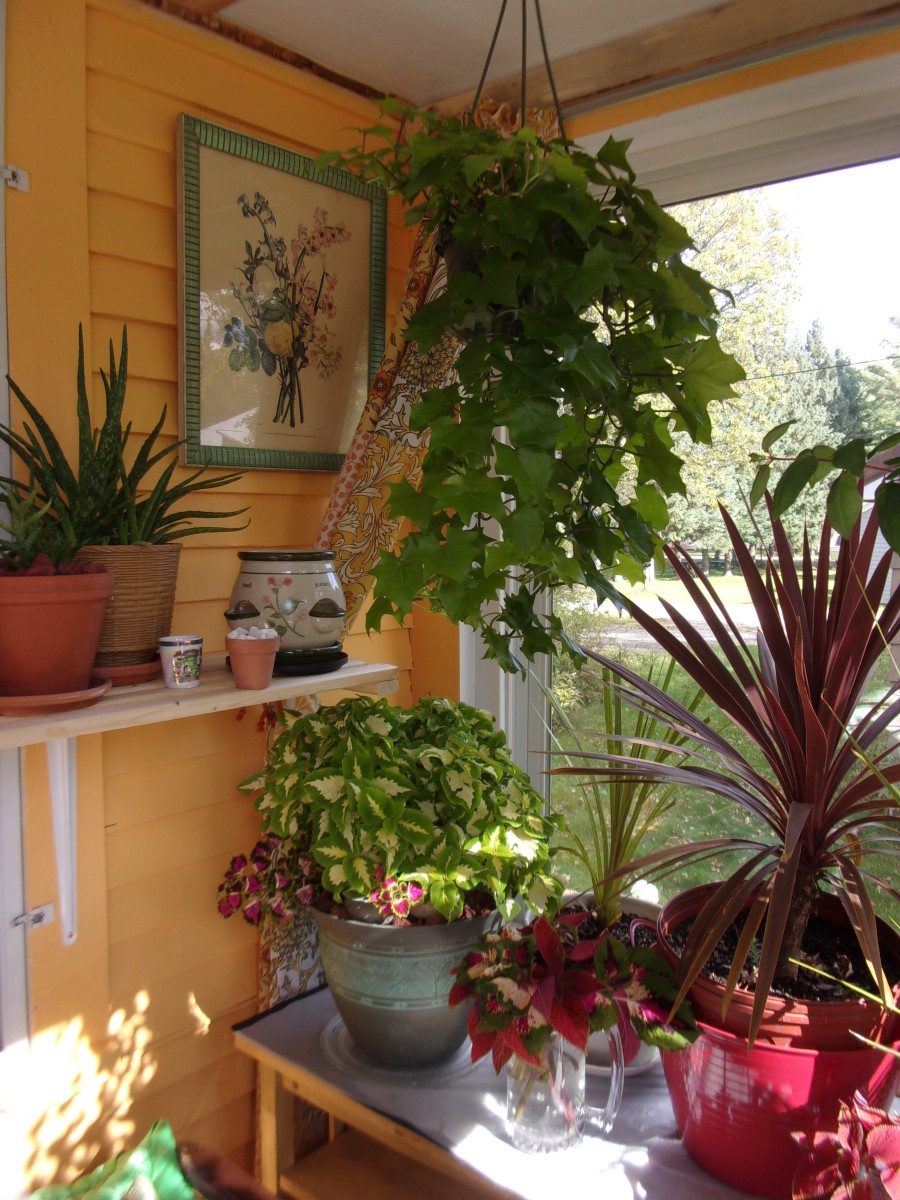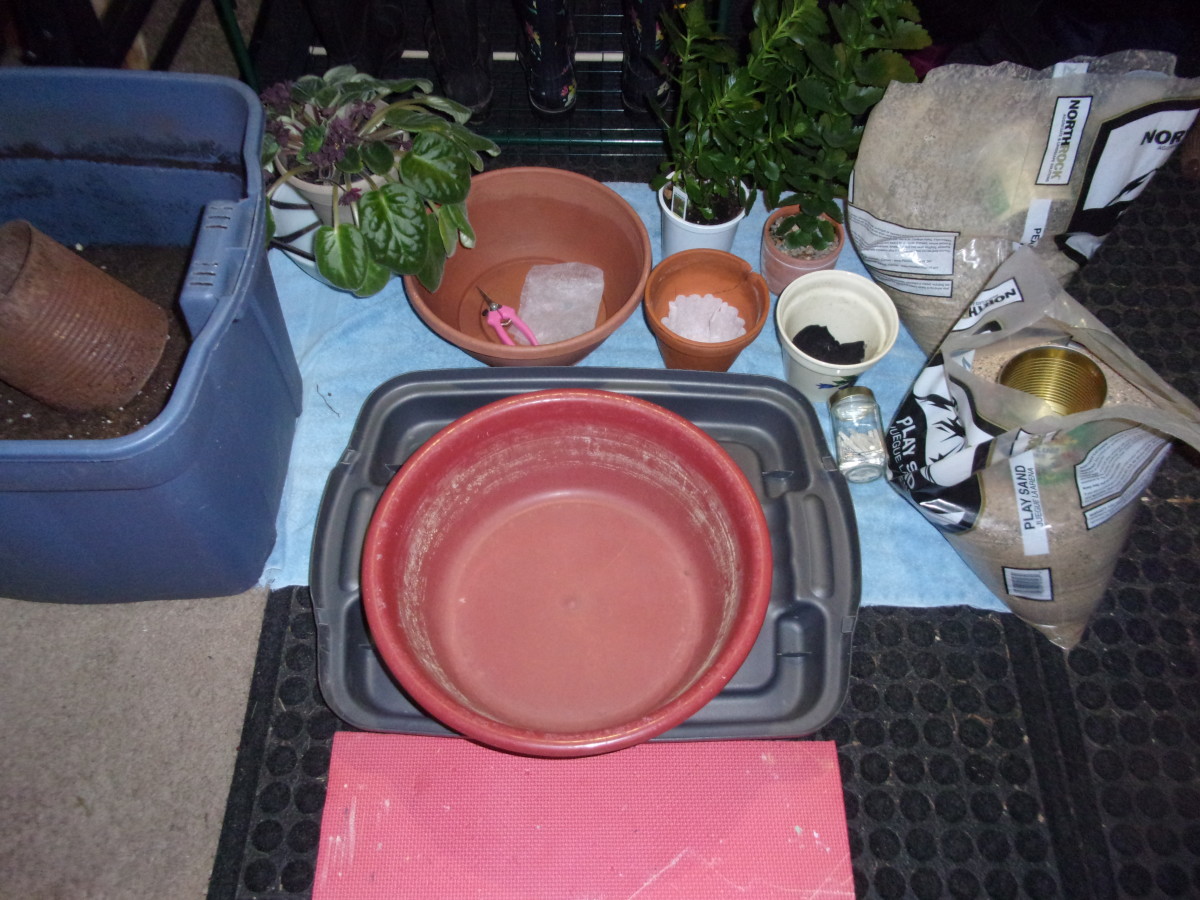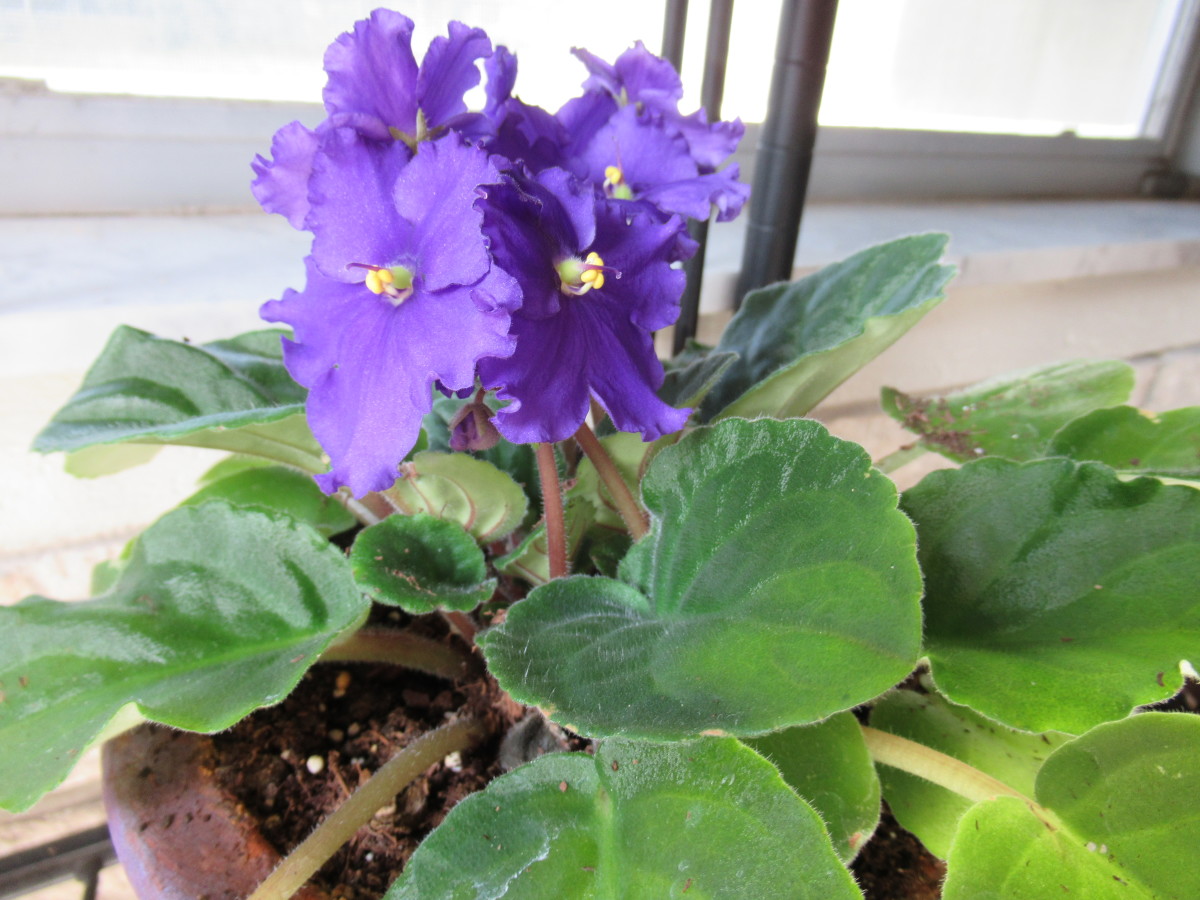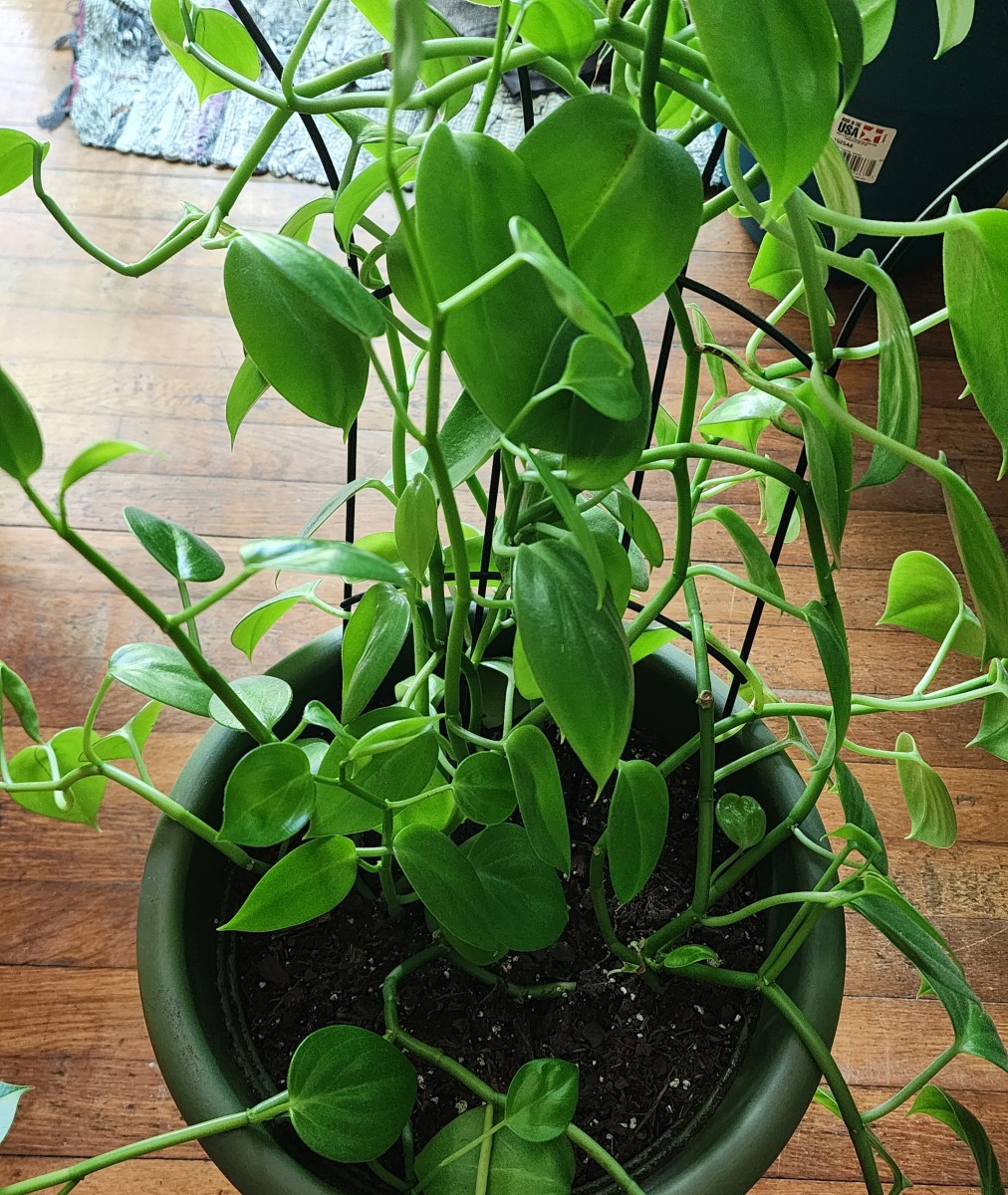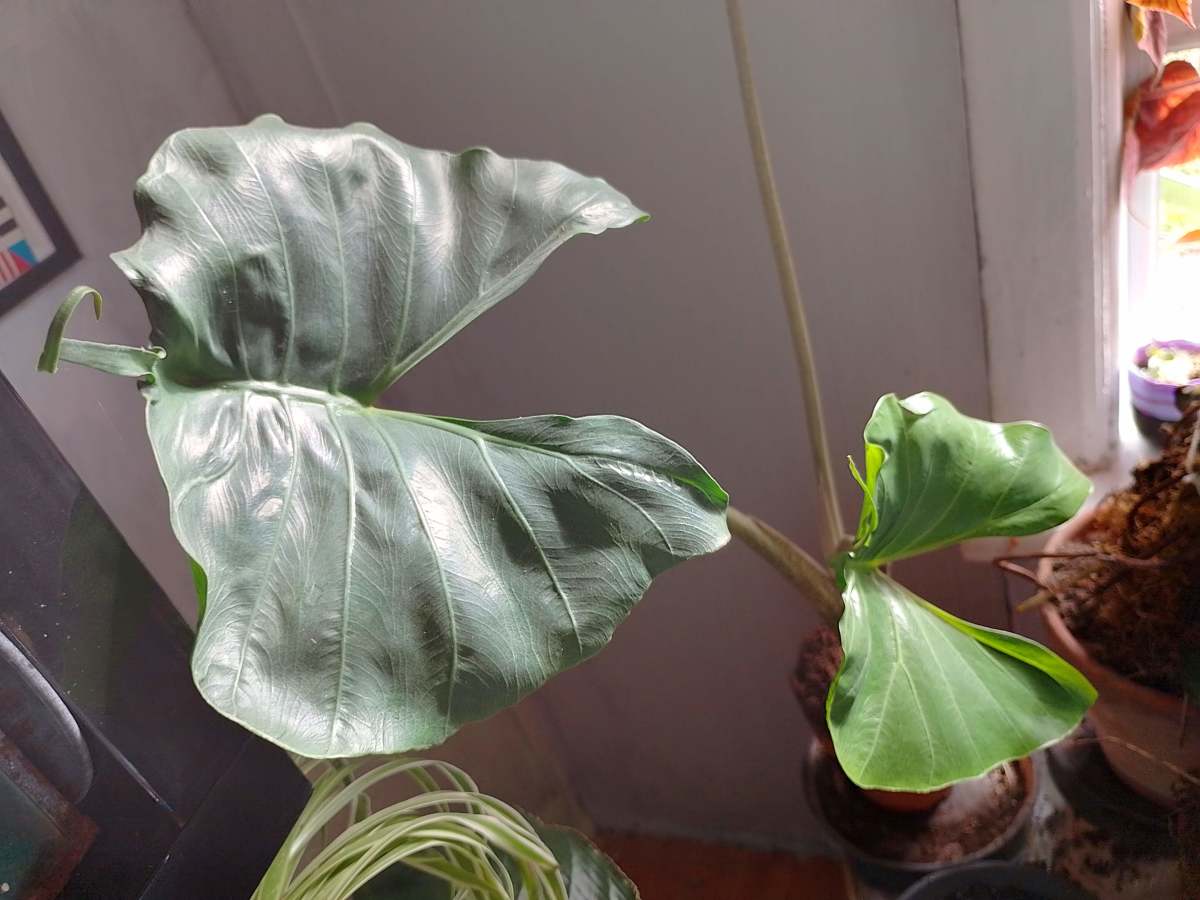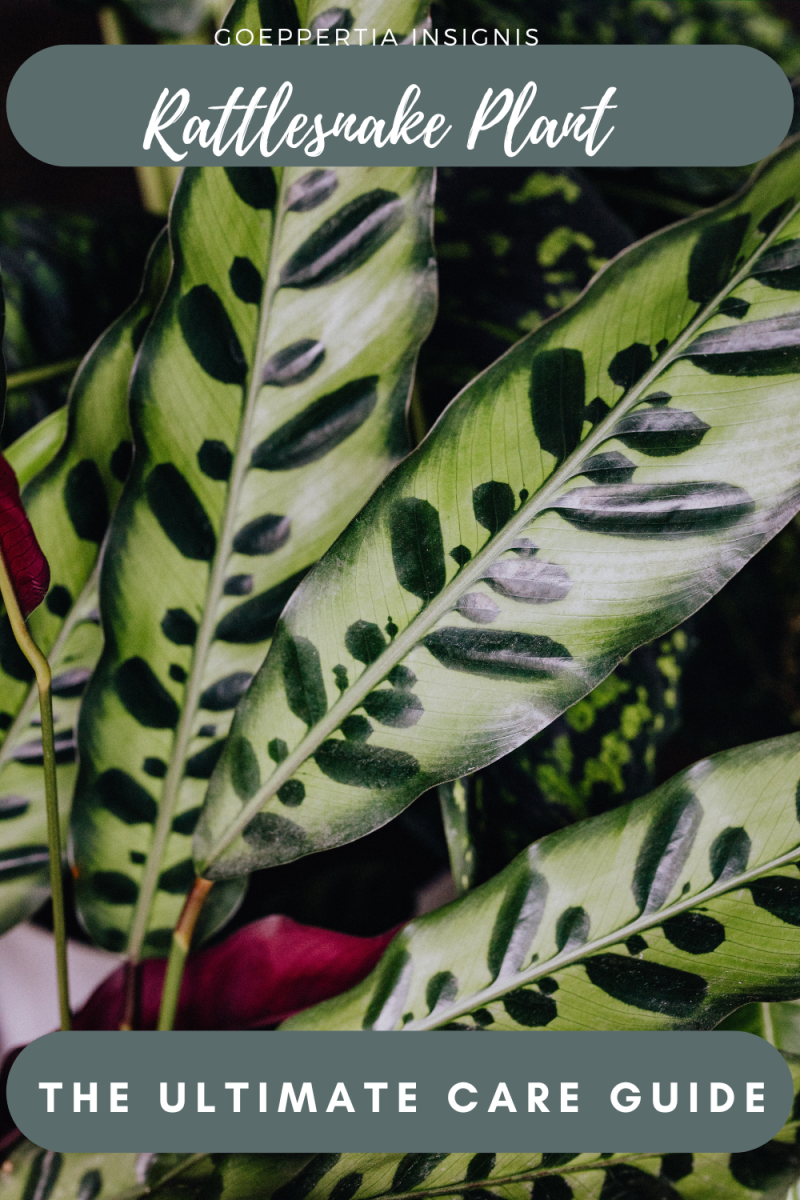- HubPages»
- Home and Garden»
- Gardening»
- House Plants
A Florist's Guide to Killing Houseplants
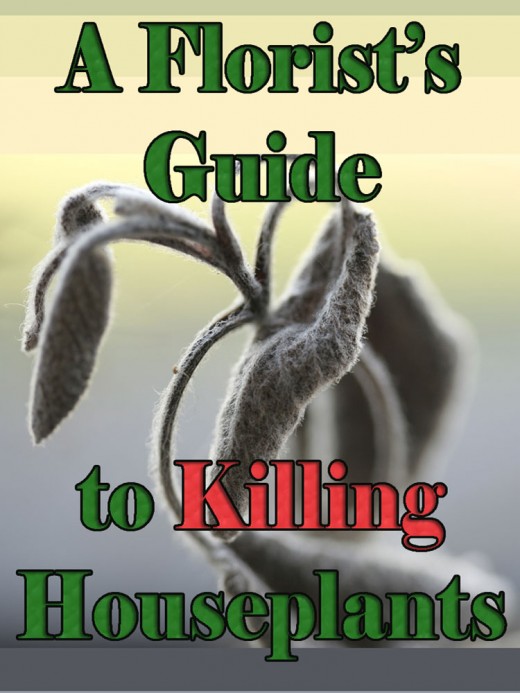
Learn to Kill Beautiful Houseplants with Style
Killing houseplants seems to be a popular American pastime. At least that's my conclusion after working as a florist for most of my adult life. In the eighteen years I worked as a florist, I sent many, many beautiful plants to their certain deaths at the hands of happy homemakers and feng shui enthusiasts. Thank goodness they don't have central nervous systems; otherwise it would keep me awake at night. That is, plants don't have central nervous systems; feng shui enthusiasts and housewives certainly do.
Let me explain; far more people excel at killing houseplants than at keeping them alive. Most houseplant serial killers honestly believe they have a deep and abiding affection for growing things but they just don't think things through before they commit to 'til death do us part.
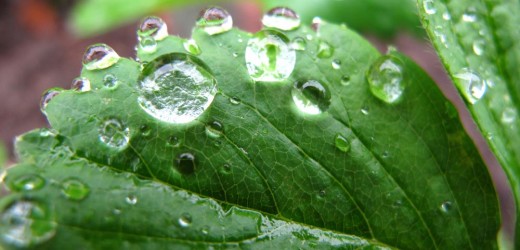
Drowning
Plants love water. Yeah, plants love water. Heh heh, drink that you green leafy twerp! Uh, oh yeah. Over-watering is the most popular way to kill off houseplants. It produces rather dramatic results while deflecting blame from the perpetrator. "Oh, Bob? Bob wouldn't kill his fern; Bob loves his fern. He waters it every day." Meanwhile, Bob's fern slowly suffocates and falls victim to opportunistic fungi and bacteria while Bob fusses around looking innocent and worried. Unfortunately, drowning leaves a yellowed, stinky, and sometimes slimy plant corpse behind to be disposed of.
While all plants are good candidates for death by drowning, succulents and cacti produce the most disgusting and dramatic results.
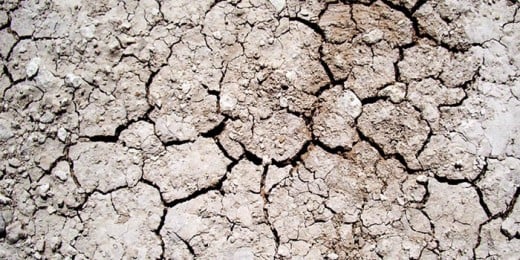
Thirst
Plants love water, remember? You can kill off your houseplants by withholding all water from your chlorophyllish friends. You might get caught depriving it of water but the saggy, leathery, slightly musty corpse it leaves behind is interesting to some avid plant killers.
All plants can be knocked off by dehydration but water-loving varieties like peace lilies provide the most dramatic wilt factor.
How NOT to Kill Your Houseplants: The Foolproof Guide to Lush, Healthy Plants
This book is a great guide to killing houseplants, you simply need to do the exact opposite of what the author advises. It may be incriminating if found in a household with too many dead and dying plants but then again, it might be evidence that their owner was trying to find out how to save the lives of his formerly green and no longer growing dependents.

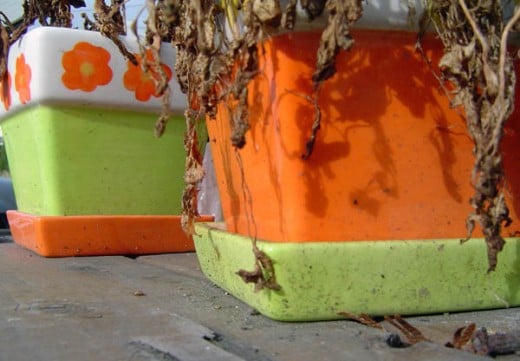
Dryness
Dryness is a bit different from thirst. This is almost the perfect crime against plantkind because you can water your plant every day and still kill it with a nice, dry house. You can even combine drowning with dryness. Houseplants breathe through their leaves and exhale moisture. In very low humidity environments like your house in the winter, some of them can lose so much moisture through their leaves that it kills them.
Ferns make the very best candidates for death by dehydration. Ferns leave a very crisp and crunchy corpse. However, you can easily murder just about any variety with dry air by putting it directly under, above, or next to a heating vent in the winter.
Looking for a Really Challenging Type of Plant to Kill?
- 22 Hard To Kill Houseplants - decor8
Here are twenty-two hard-to-kill houseplants for people who wish to take their herbicidal urges to the next level. If you are looking for the big game plants, the hardest houseplants to kill, look no further. - Top 10 Hard to Kill House Plants
Here are ten difficult to kill houseplants that will provide quite a challenge for even the most devious brown thumb.
Poisoning
Poisoning, by way of over-fertilizing, is a vastly underutilized method of killing houseplants but it achieves some of the most varied and mysterious looking end results. Leaves may yellow, go spotty, turn brown, get squishy, or even shrivel up. The best way to over-fertilize your houseplant to death is to completely ignore the directions on the fertilizer you've purchased or to use the wrong type of fertilizer.
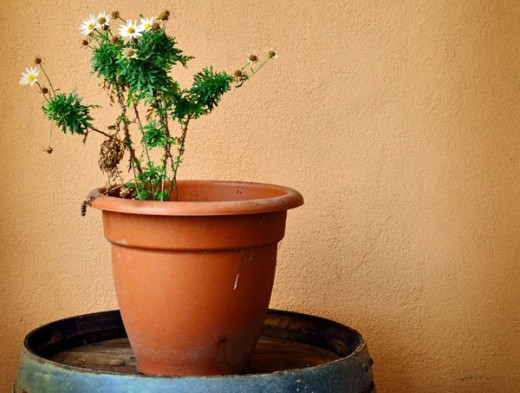
Re-Potting
Re-potting, I'm not sure why people do it so often. Maybe the last dead plant they threw away didn't make a big enough "thunk!" in the dumpster or maybe they just want to seem generous, I don't know. In any case, re-potting is a fine way to terminally dispose of most houseplants. Re-potting is another method which deflects blame from the planticide enthusiast. "Oh, goodness, look at the lovely pot! Only a plant lover would buy such a big lovely pot."
If you are looking to kill something by re-potting it, only choose plants that don't seem root-bound, use dense potting soil, and make sure the new pot has no drainage holes of any kind.
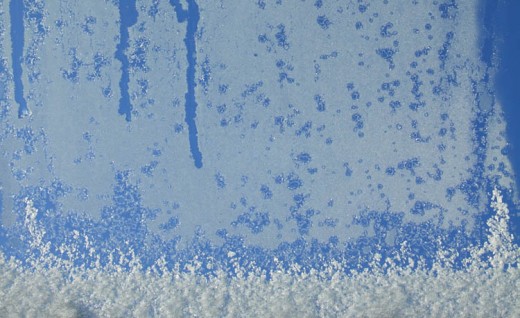
Freezing
Freezing seems to be very popular among men. It takes just a bit of daring to freeze damage a plant and a bit more finesse to avoid getting caught in the act or during the post-mortem examination. However, it only takes a brief exposure to sub-freezing temperatures to get tragic results that can sometimes take days to develop, distancing the plant killer from the crime and providing him with an airtight alibi if the cause of death is never uncovered. Too long outside in sub-freezing temperatures and this herbicidal plan will provide swift and dramatic results that are nearly impossible to hide.
If you wish to kill houseplants this way, most of them can be harmed enough to result in death by just a few minutes in temperatures below freezing.
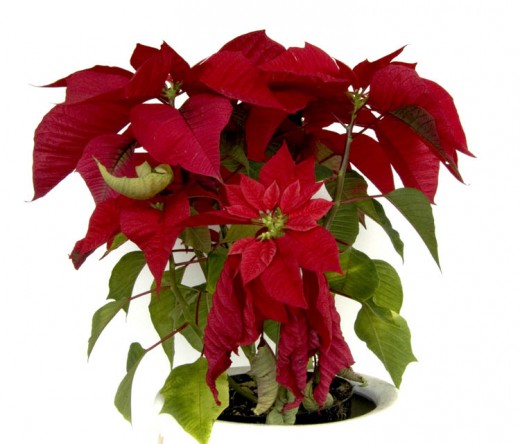
Chilling
Sometimes, freezing is just overkill and some tropical plants die too quickly and dramatically when exposed to freezing temperatures. If it's too warm to naturally achieve below freezing temperatures you can choose a tropical species such as an orchid and expose it to temperatures below 50 degrees Fahrenheit for an hour or so. If it is summer or if your region never reaches below-freezing temperatures you can always stick your tropical plant in a refrigerator or cooler or place it in front of an air-conditioning vent. Chilling kills tropicals just as effectively as brief exposures to freezing temperatures kills other houseplants.
Poinsettias are one of the most popular decorative varieties to kill by chilling, however, this seems to be more often by negligent planticide rather than through deliberate means as many people think that poinsettias love the cold (despite their tropical origins) because they are traditionally used as Christmas flowers.

Darkness
Did you know that green plants are photosynthetic life forms? Plants need light to survive. Darkness can be a very subtle and sneaky way to off a houseplant. Human beings don't usually realize how little light there actually is in what seems to them to be a brightly lit room. So you can appear to be fulfilling your photosynthetic charge's every need in a most conscientious way while engineering a long, drawn out death by light deprivation.
For the most subtle results, make sure it gets just a little less light than its care recommendations suggest and your plant will take months to die. If you are looking for a quicker death, make sure it gets far less light than its care recommendations suggest or even put it in total darkness. Interior offices provide ideal environments for this kind of herbicidal killing. Sun-loving plants such as cacti produce very saggy, squishy and smelly results when they are kept in darkness too long.

Excessive Sunlight
Plants like light but some of them are sensitive to too much light. You can kill off plants with dark green leaves quite easily by placing them right in a window in bright sunlight. Varieties such as peace lilies often take quite a while to die this way and can earn you months of sympathy as you seem to heroically fight for your green dependent's life.
Enough sunlight can even kill off a cactus but you might want to leave that to the experts.
How Would You Do It?
If you were going to kill off a houseplant (and we're not saying you are but if you were...) which method would you choose?
Inside the home or out, which methods of herbicide do you prefer? Share your favorites in the comments at the bottom.

